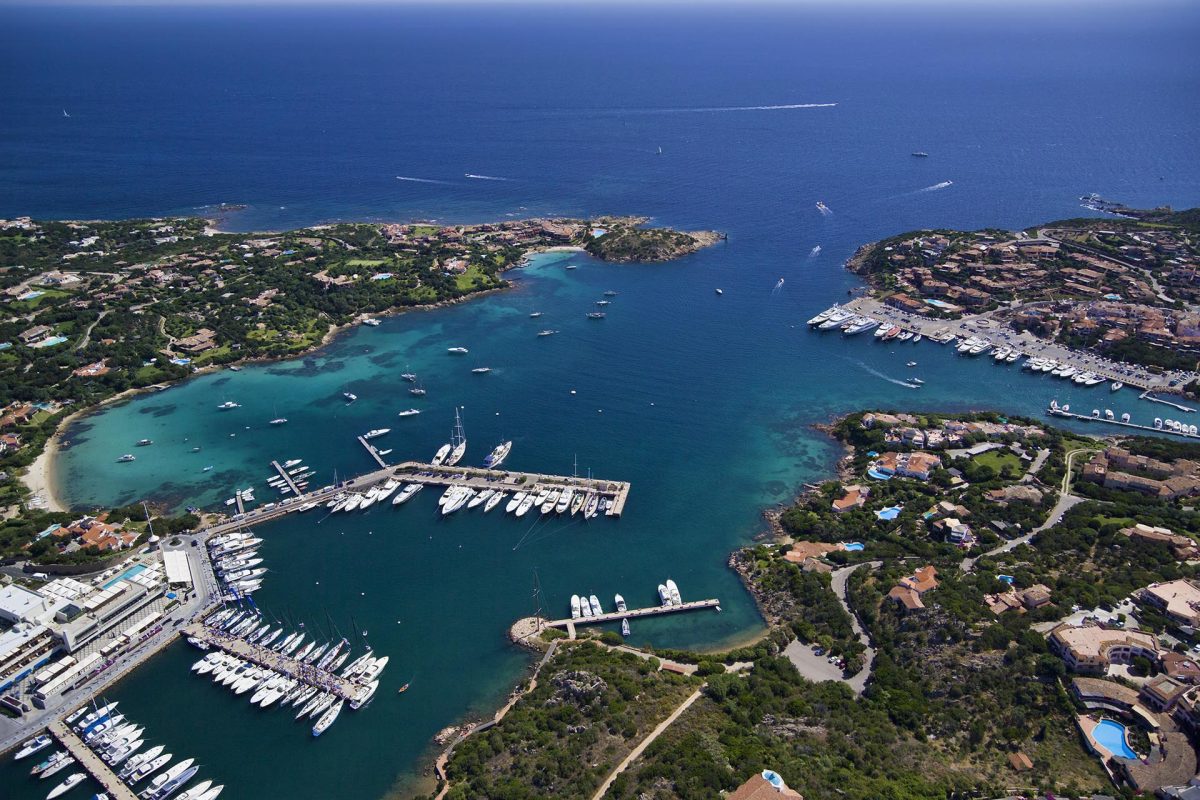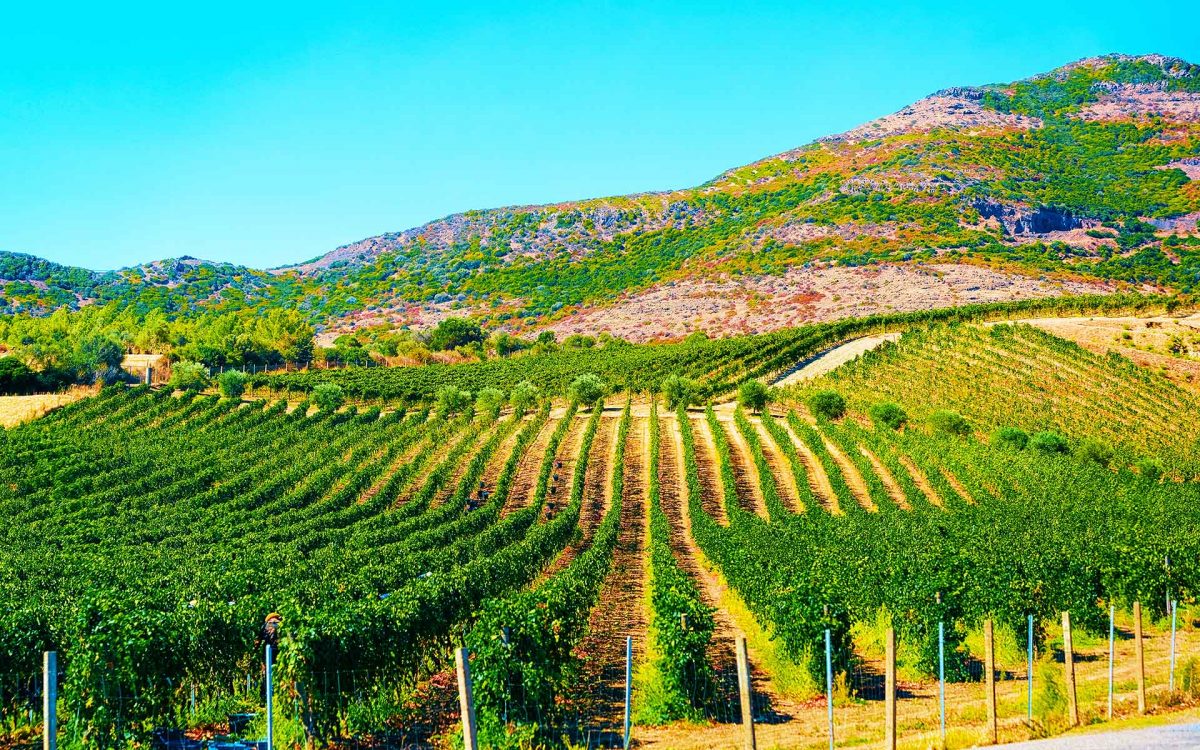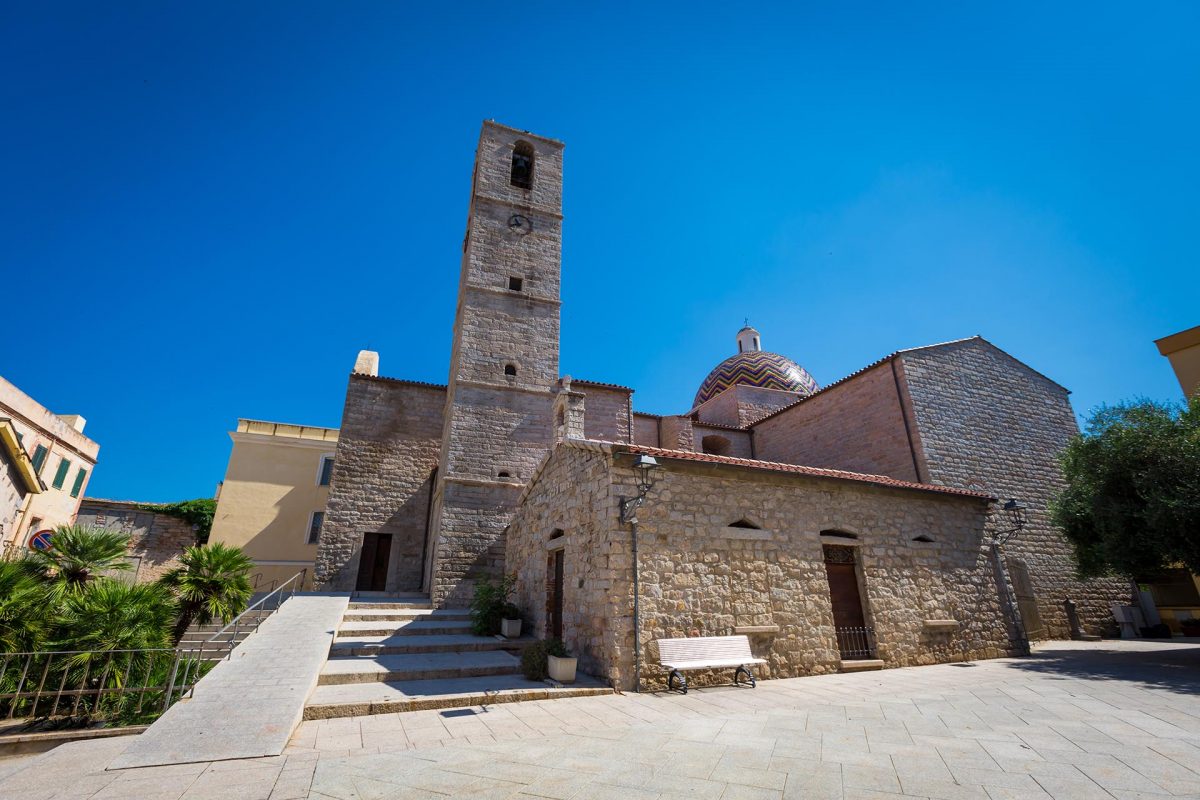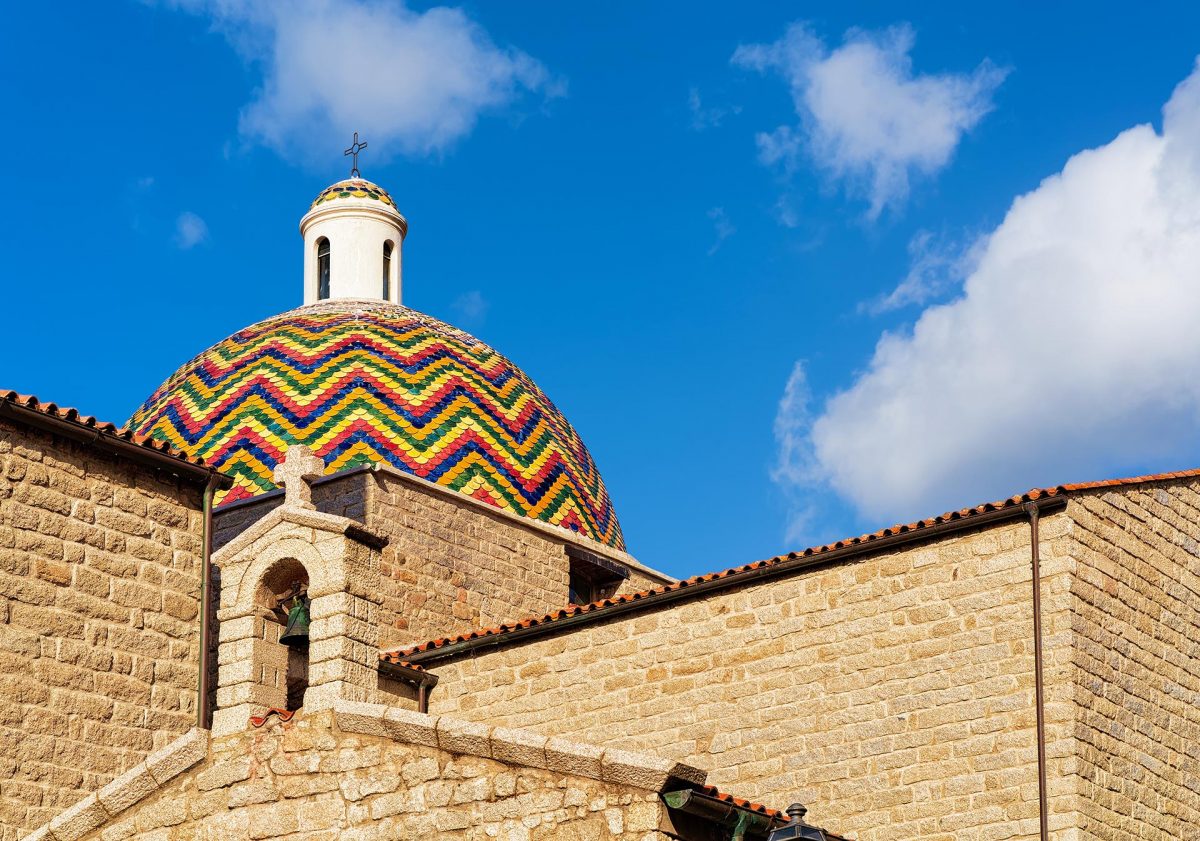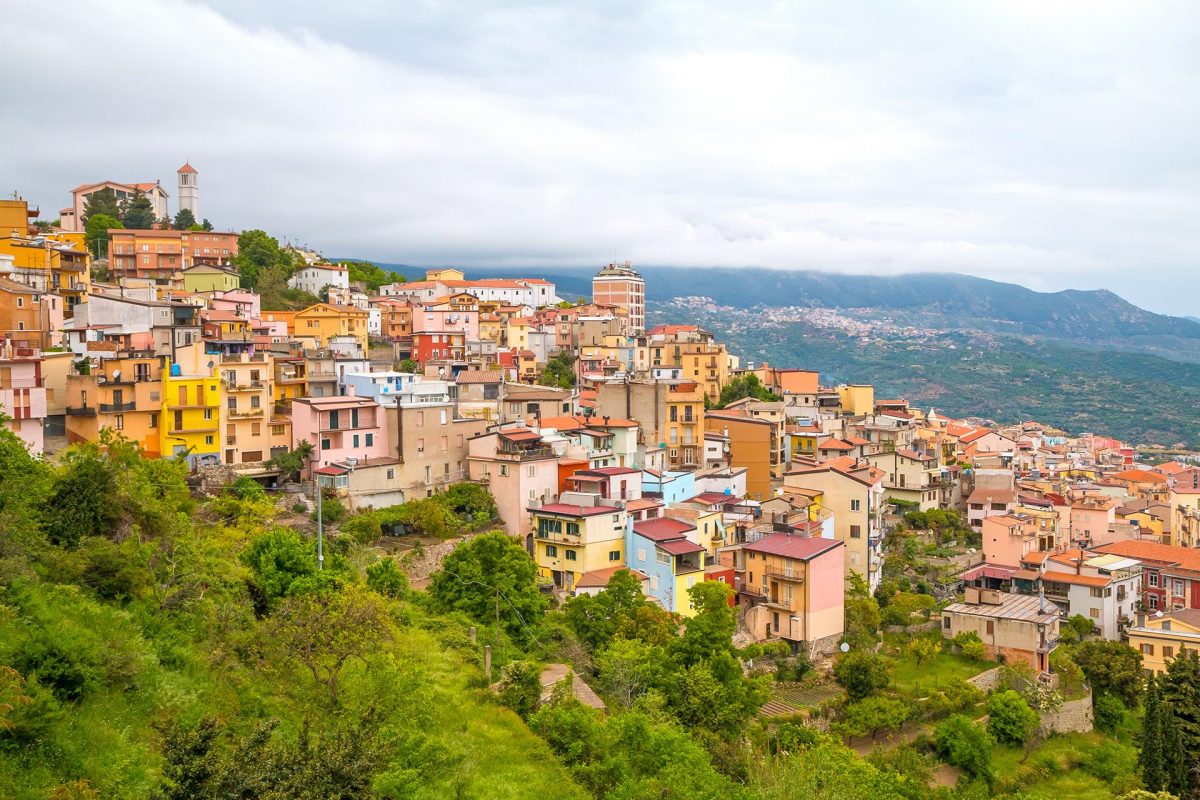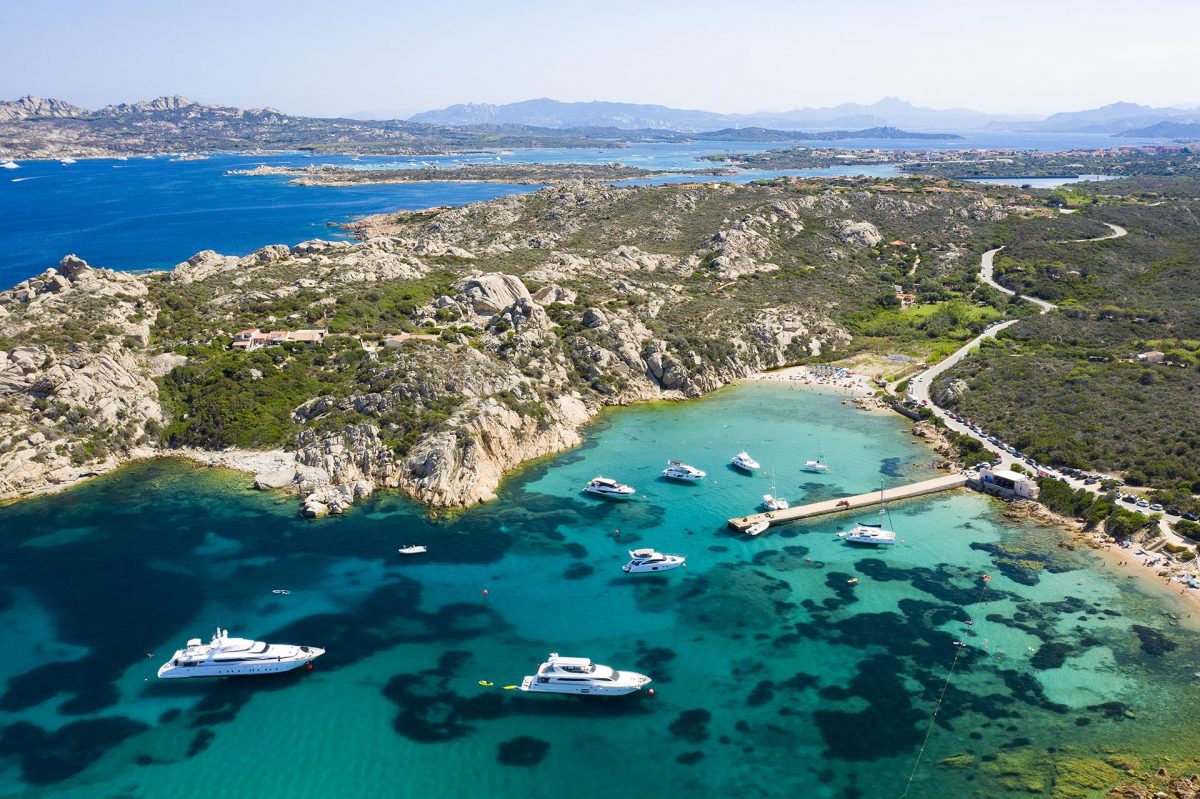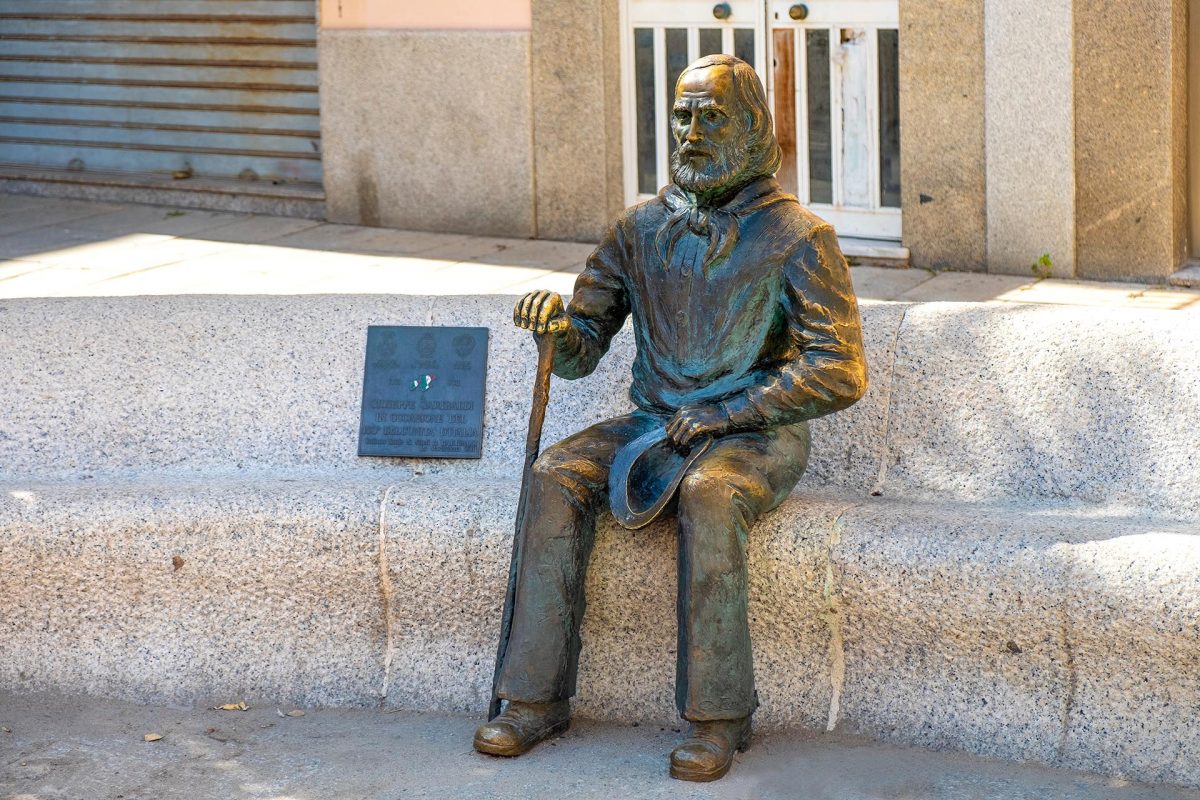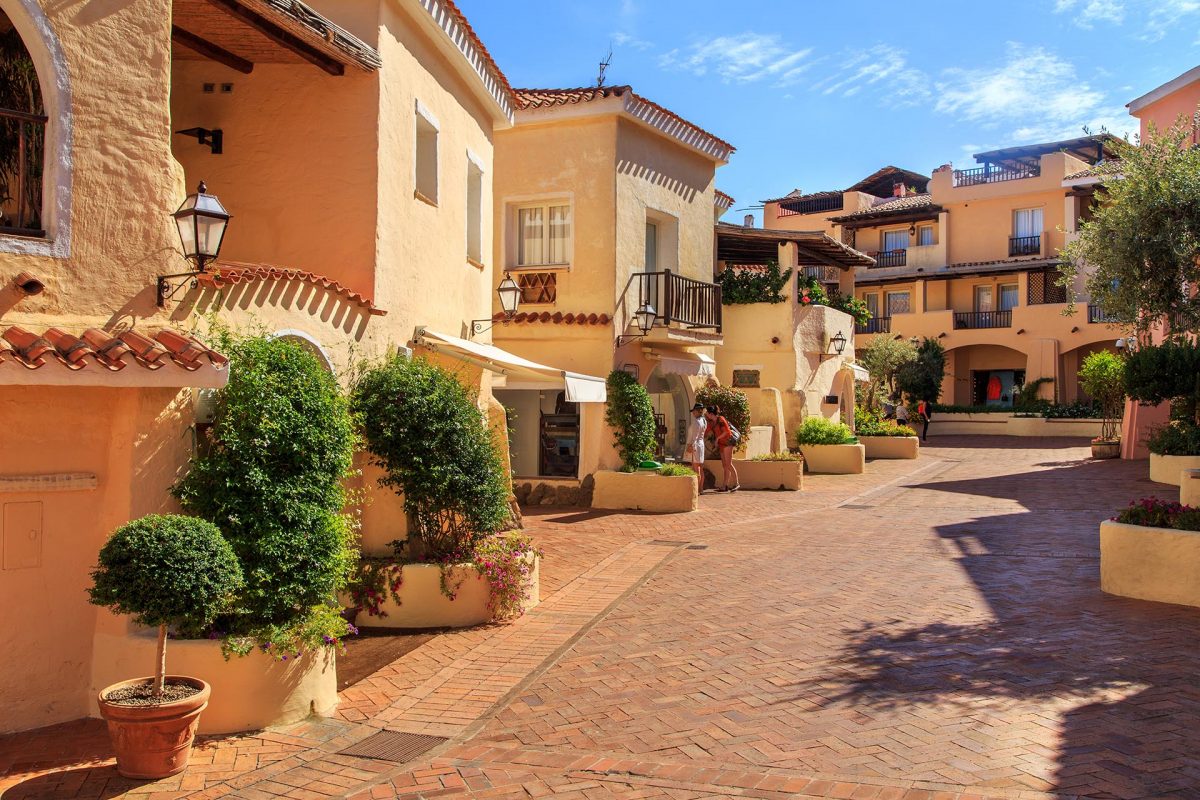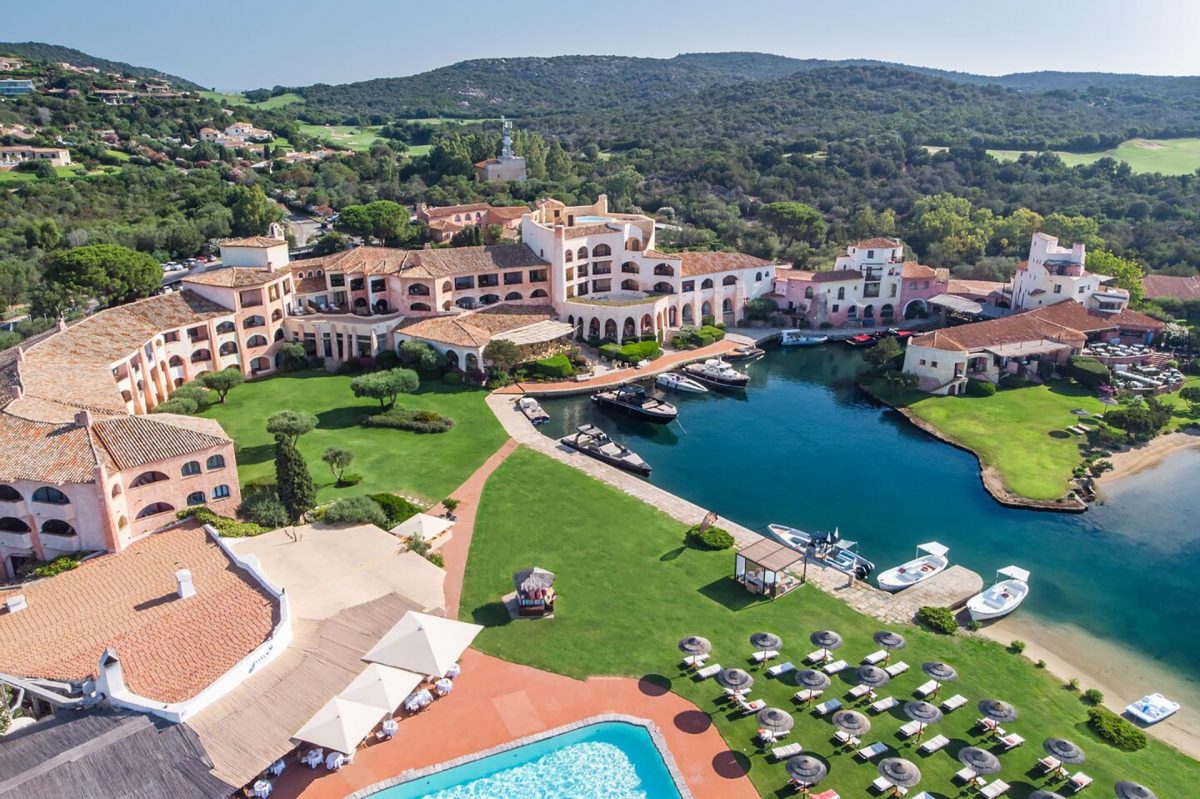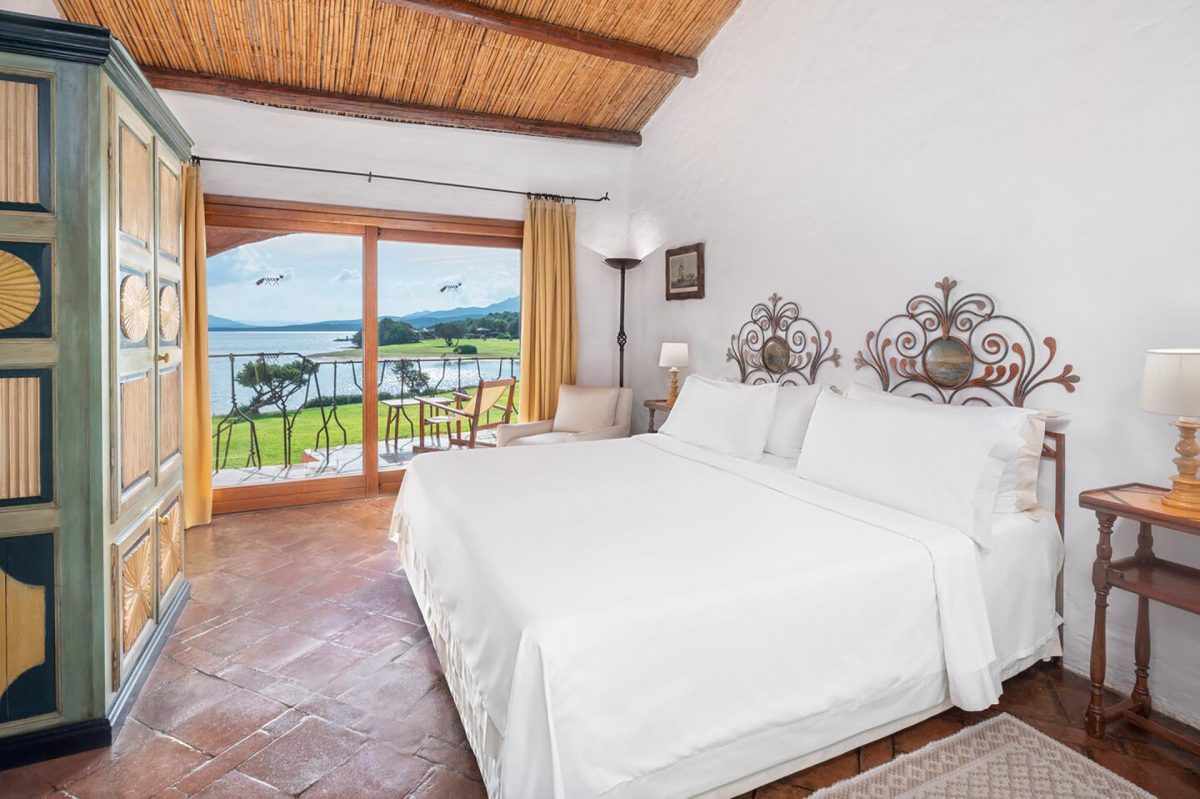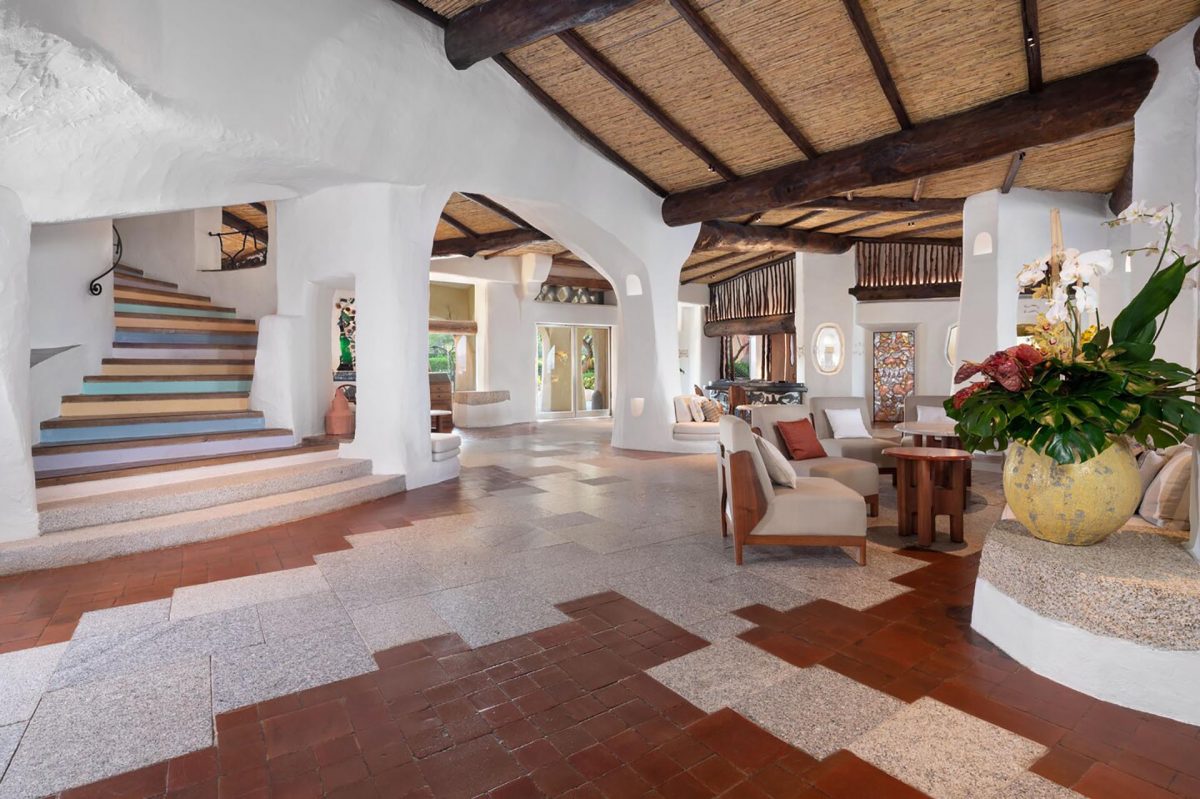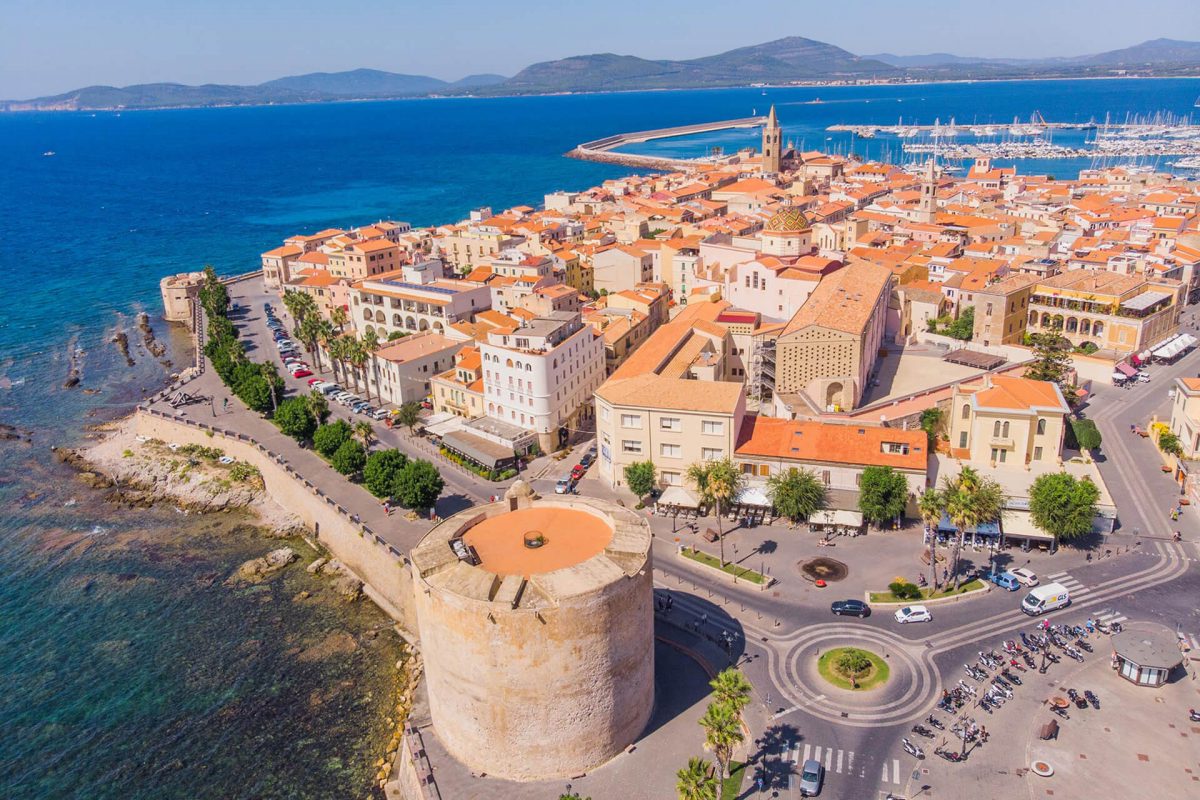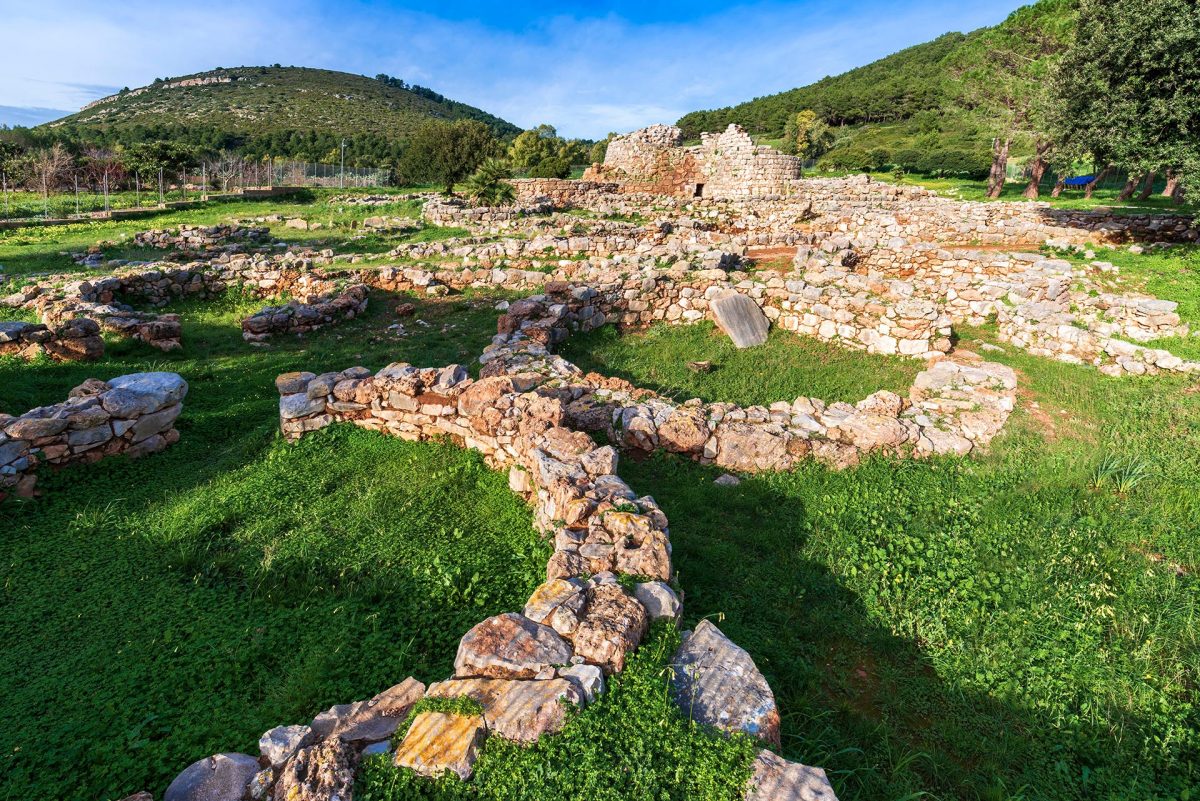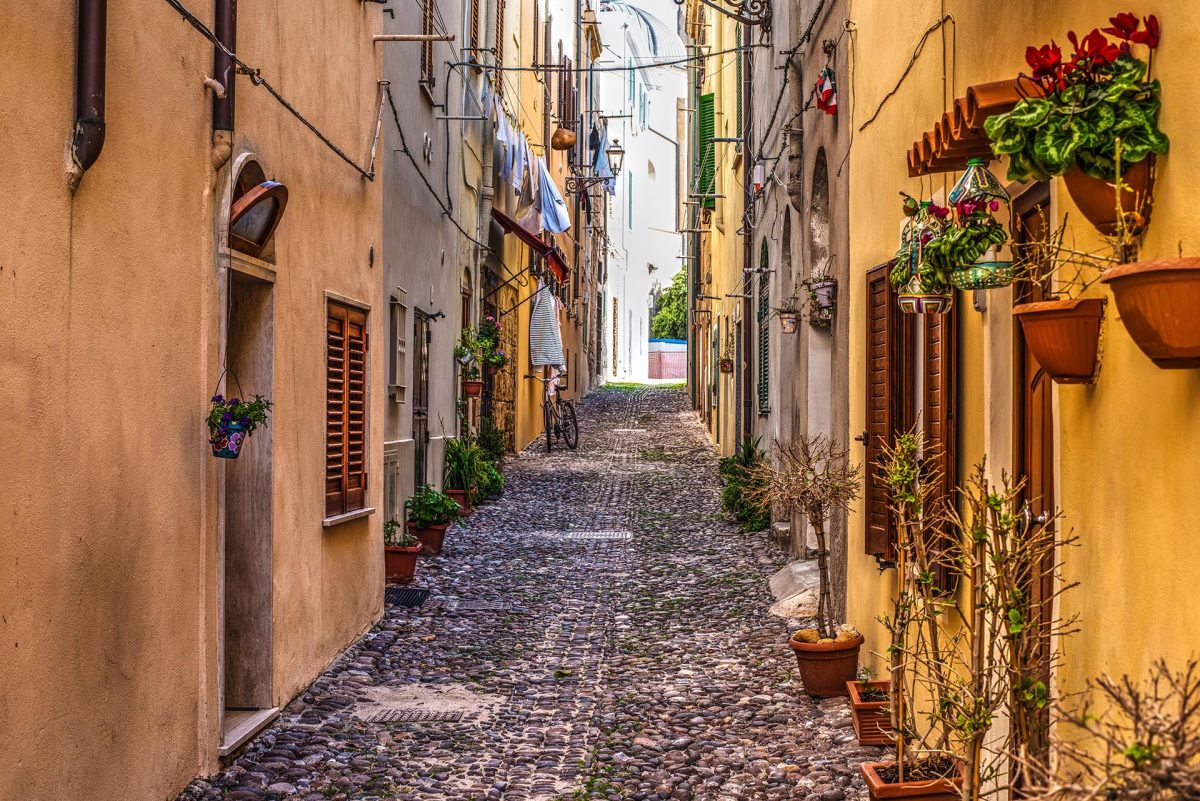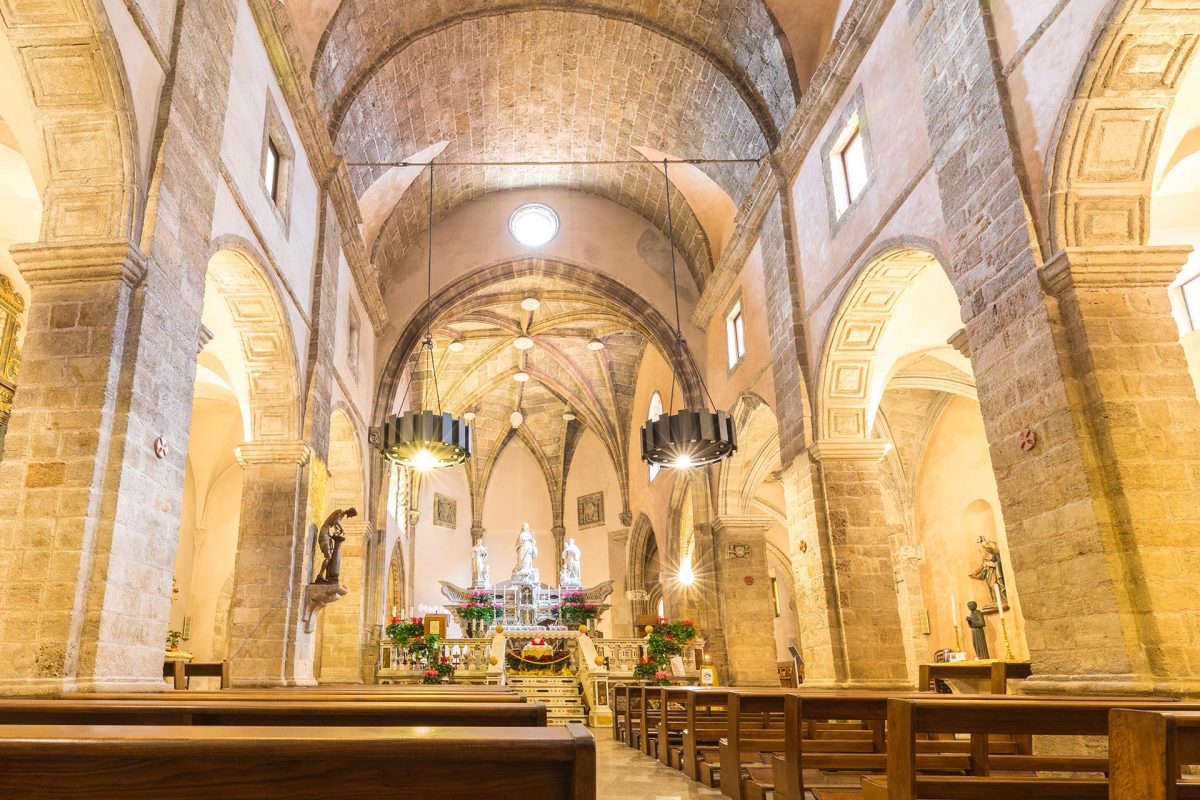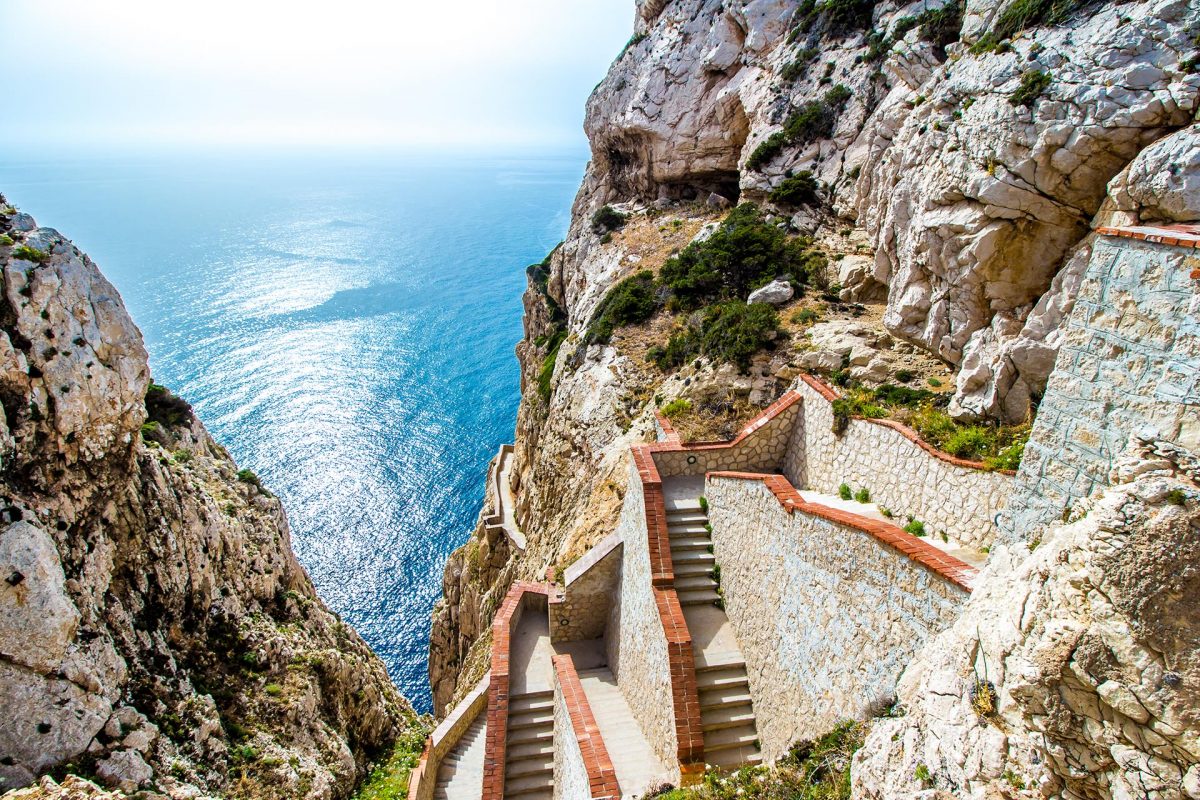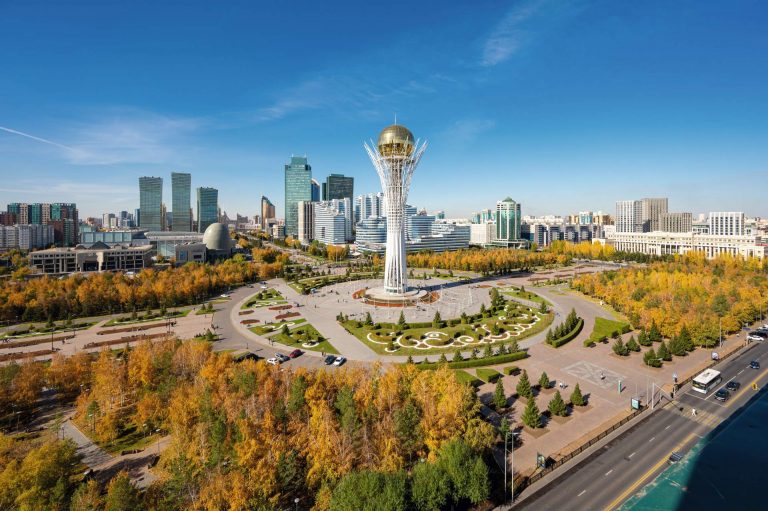The north of Sardinia is one of the most picturesque seaside resorts in Europe. It’s a land apart from the rest of Italy. A motley Sardinian rug in which everyone can find a familiar image, it is woven out of unique natural and cultural phenomena: The granite cliffs of the Costa Smeralda recall the Atlantic coast of Portugal and the Basque Country, the hills near Olbia recall California, and the Bay of Asinara – the Maldives, the ancient doors of Alghero with handles in the shape of a woman’s brush recall the images of North African medinas, and the Spanish towers of Gallura bear witness to the former power of the Aragonese crown, which ruled the area for almost 400 years.
The region has seen its share of conquerors, but the Sards have brought their language and so interesting and distinctive culture through thousands of years that it’s hard to sit on a beach, even a swanky one, alone. All the more so because in June, most of the restrictions induced by the pandemic were lifted: museums, craft shops, restaurants and wineries were opened, and tourism returned to the island. We tell you where to go first.
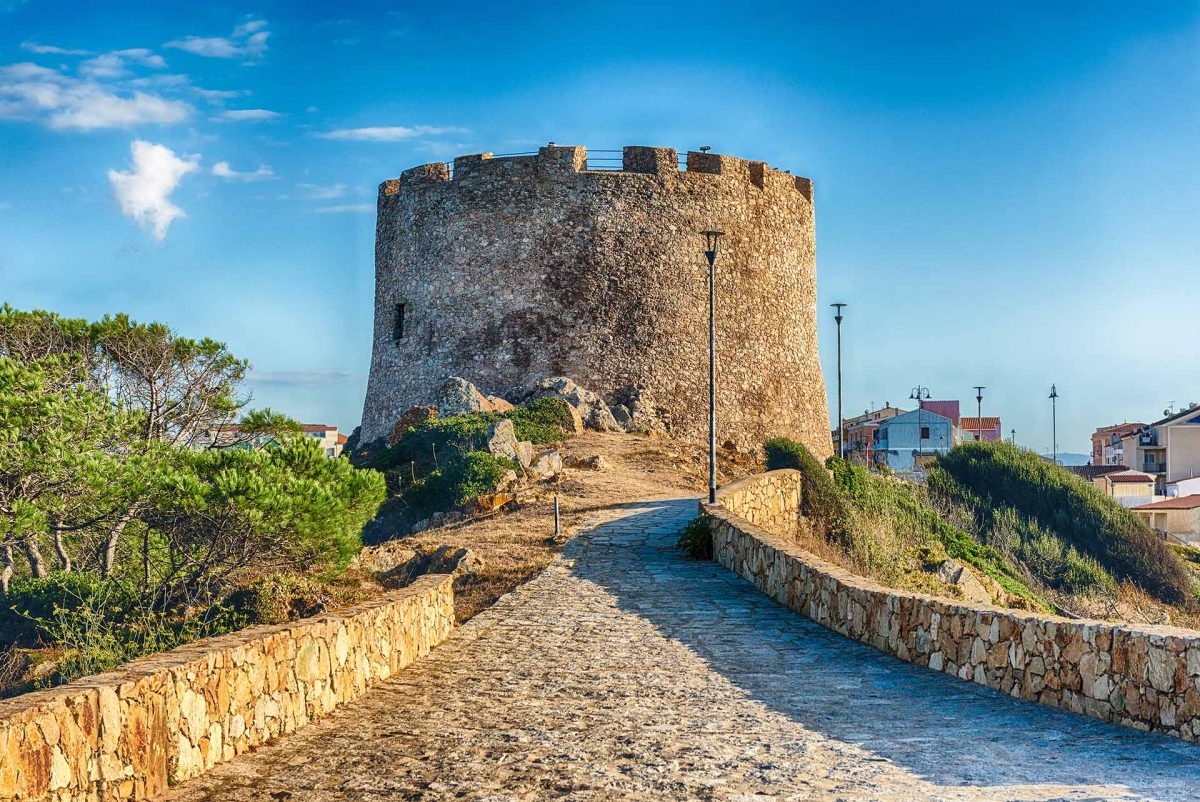
Olbia
Olbia is the air gateway to the Emerald Coast. One of Sardinia’s three airports, also called Costa Smeralda, is located here. However, the city is well worth stepping outside the airport and lingering in, if only for a day. Its history goes back long before the Roman Empire, to the time of the Nuraghic civilisation that left behind mysterious megalithic towers. Several of these towers, built of huge stone blocks, survive to this day on the outskirts of the city. Later, under the Phoenicians, Romans, Punic and other peoples who inhabited or ruled over the island, Olbia was a crossroads of the Mediterranean trade routes that made it rich and preserved many historical monuments. These include the Romanesque basilica of Saint Simplicius, named after the city’s first bishop and its patron saint, several dolmens and menhirs, the remains of a Roman forum and Carthaginian walls.
Around Olbia, in the region of Gallura, the best Sardinian vineyards are to be found: the only region of the island where the DOCG category, the highest of the Italian wine class, is produced. Classic local varieties are the white vermentino and the red cannonau. You can go to one of the local wineries, such as Tenute Olbios, 6km to the south, which has been run by ladies for decades, or, alternatively, travel the same distance north to Murales Vini, where after the feast you can stay overnight in authentic guesthouses. The Sards are great masters of wine preparation and hors d’oeuvres. You will be served the traditional ricotta bread carasau, salsiccia sausage, pecorino sardo sheep cheese, the local version of ricotta as smoked ricotta mustia cheese, fig or orange onion and pepper mustards… Be prepared for a long meal, and as they say: “Prestu et bene, non andanta mai bei” – “Fast and good never go together”.
La Maddalena
North of Olbia, in north-west Sardinia, in the Strait of Bonifacio lies the island of La Maddalena, part of the archipelago of the same name, which comprises 62 islands and has the status of a national nature park. The main town, also called La Maddalena, is believed to have been founded by Corsican shepherds. A dialect of Izulanu, a mixture of Sardinian and Corsican, is still spoken here with no surprise: the archipelago belonged to Corsica until 1755, when it passed to the Kingdom of Sardinia. Incidentally, Corsican Napoleon Bonaparte failed to conquer the island in 1793.
La Maddalena is a wonderful place for a leisurely stroll through its medieval streets. There are plenty of pretty shops and stalls selling ceramics, coral jewellery and nautical-themed home decor. The neighbouring island of Caprera, which is connected to La Maddalena by a bridge, was made famous by Giuseppe Garibaldi. A revolutionary and patriot who united Italy into a single state, he bought half of the island in 1855 and lived there for 27 years until his death. On Caprera, you can visit the Garibaldi Museum and on La Maddalena, you can take a seat on a bench next to his bronze statue and enjoy the Garibaldi Nut & Chocolate Cake, baked for the 200th anniversary of the national hero’s birth, by the local confectioners.
The real treasures of La Maddalena are the beaches, nestled between the red granite cliffs by the indigo waters. They attract divers and snorkelers thanks to the abundance of local marine life and beautiful coastal rocky topography.
Porto Cervo
It is one of the most expensive resorts in the world, located in a small village of just four hundred locals.
However, the resort is unrivalled in terms of the number of millionaires vacationing in Italy, with real estate prices of up to 300,000 euros per square metre. The town was built in the 1960s and to this day serves as a marina for superyachts: the local centre of attraction is the exclusive Yacht Club Costa Smeralda.

Here, at Cala di Volpe, which in 1977 was the location of the James Bond film The Spy Who Loved Me, is one of the most expensive hotel suites in the world. A night’s stay costs over 32,000 euros.
Alghero
Alghero is another colourful town in north-west Sardinia, dating back to prehistoric times. For almost 400 years, from 1336 to 1720, it was ruled by the Spanish crown, and its narrow, central streets are more reminiscent of Spain than Italy, and its people speak an Algherese dialect of the Catalan language. The old fortress walls and Spanish towers have been partly preserved and within them lies the old town, with its narrow streets, colourful open-air cafes and numerous shops and boutiques (coral jewellery is a local favourite: Alghero is considered the centre of the Coral Coast).
Among the most interesting sights are St Mary’s Cathedral, built in Gothic Catalan style in the late 16th century; St Francis Church and Museum; St Michael’s Cathedral, built in 1364, whose dome was decorated with colourful mosaic tiles designed by local architect and poet Antonio Simon Mossa in the mid-century; Angelo Rouge, the largest necropolis of the Donurage period in Sardinia and several nuraghi towers. Fans can explore the Neptune’s Grotto, a bizarre stalactite cave discovered by local fishermen in the 18th century, just down the coastline from the town and, of course, enjoy the clear sea and the bright sun that shines in Sardinia 300 days a year.
Photo: shutterstock, marriott.com, yccs.it, iStock
